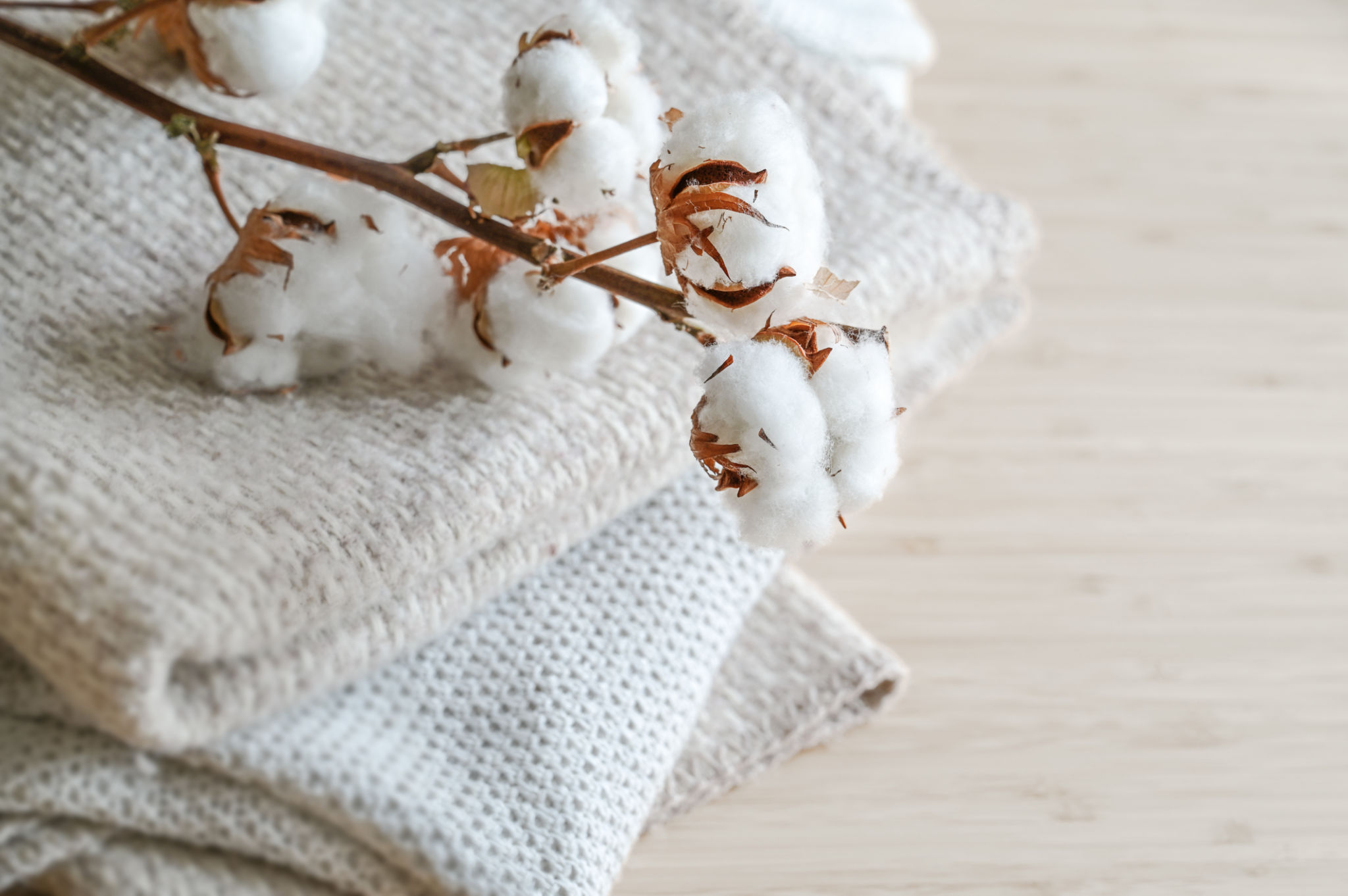Choosing the Right Medical Cotton: Factors to Consider for Healthcare Providers
Understanding the Importance of Medical Cotton
In the healthcare industry, the selection of the right medical cotton is crucial for various applications, ranging from wound care to surgical procedures. Medical cotton is valued for its absorbency, softness, and purity, making it an essential material in medical settings. However, not all medical cotton is created equal, and choosing the right type can significantly impact patient care and outcomes.

Types of Medical Cotton
Medical cotton comes in various types, each tailored for specific uses. The most common forms include:
- Absorbent Cotton: Ideal for wound dressing and surgical procedures due to its high absorbency.
- Cotton Balls: Useful for cleaning wounds or applying antiseptics.
- Cotton Rolls: Often used in dental practices and for padding.
Understanding the differences between these types helps healthcare providers select the appropriate cotton for their specific needs.
Factors to Consider When Choosing Medical Cotton
Quality and Purity
The quality of medical cotton is paramount. Healthcare providers should look for cotton that is highly absorbent, soft, and free from impurities. Purity ensures that the cotton is safe to use on sensitive skin and reduces the risk of allergic reactions.
Absorbency Level
The primary function of medical cotton is its ability to absorb fluids. Depending on the specific medical application, the required absorbency level may vary. For instance, surgical procedures might necessitate high-absorbency cotton to manage bleeding effectively.

Sterilization and Packaging
Sterilization is a critical factor that cannot be overlooked. Ensuring that the cotton is sterilized and packaged correctly helps maintain its integrity and prevents contamination. Look for packaging that offers easy access while maintaining sterility.
Environmental Impact and Sustainability
With growing awareness of environmental issues, many healthcare providers are considering the sustainability of medical supplies. Opting for eco-friendly medical cotton made from organic sources can reduce environmental impact while still meeting healthcare standards.

Cost-Effectiveness
While quality should never be compromised, cost-effectiveness is another factor to consider. Balancing quality with budgetary constraints ensures that healthcare facilities can provide the best care without overspending. Bulk purchasing options or choosing reputable suppliers can often offer cost savings.
Conclusion
In conclusion, choosing the right medical cotton involves evaluating several factors, including quality, absorbency, sterilization, environmental impact, and cost. By carefully considering these aspects, healthcare providers can ensure they select the most suitable cotton products that meet their needs, ultimately improving patient care and operational efficiency.
